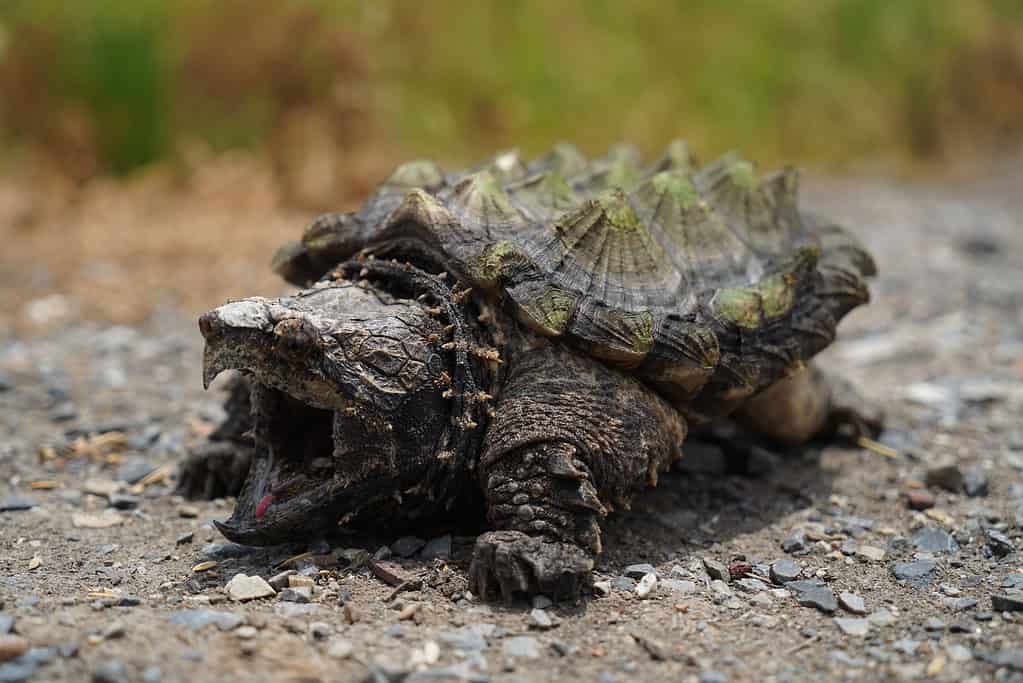
There have been many other injuries on SeaWorld trainers that involved captive-held orcas. Each of these incidents happened when orcas were held in captivity (mainly in SeaWorld), and 3 of the fatalities involved one famous whale named Tilikum. Since 2013, there have been four fatalities as a result of interactions with orcas. Although killer whale attacks on humans in the wild are rare, they can happen more often when held in captivity. Sharks prefer fattier meals, and the composition of the human body is typically too muscular for their preference.īut surprisingly, there have been no recorded killer whale attacks on humans in the wild – only one recorded bite. Since 2000, there have been 6 confirmed human fatalities from great white sharks in the wild. Do They Attack Humans?Īlthough humans are never on the menu for killer whales or great white sharks, they are certainly powerful enough and capable to kill. Researchers are only aware of a handful of instances where sharks have been found feasting on a killer whale carcass, but unconfirmed of how they died. A great white shark simply cannot overpower a whale. Killer whales may be the more dominant predator, but it is rare that they will kill and eat a great white shark, though it can happen sometimes. Studies have found that whenever killer whales pass through an area in the ocean, great white sharks flee and don’t return to the area for an entire year even though killer whales may just be passing through. Without question, killer whales are the more formidable of the two species.

in length, whereas males will reach up to 15-21 ft. Size: Female great white sharks can reach anywhere between 15-21 ft.They have teeth that can be up to 4 inches long that are used to tear apart prey before they swallow. But their diet can consist of anything from fish, salmon, seals, octopus, squids, and other marine mammals such as penguins, sea lions, sea turtles and seabirds. Diet: Typically, the diet of a killer whale is very diverse and depends on their location.They work together and teach themselves techniques for hunting and killing prey. Hunting: Killer whales typically hunt in pods, groups of about a dozen whales.Speed: When killer whales are grazing through the water, they typically go about 4 mph, but they can reach speeds up to 30 mph.Size: Female Killer Whales can reach up to 23 feet in length and weigh up to 6,000 lbs, whereas male killer whales can reach up to 32 feet and weigh as much as 12,000 lbs.We will walk through the differences between these two powerful predators and how they interact with each other in the food chain. When it comes to the ocean’s toughest predators, however, the killer whale and the great white shark are definitely neck in neck.

The Killer Whale, also referred to as the Orca Whale, is considered an apex predator, meaning it has no natural predators on earth. What may come as a surprise to many is that the Killer Whale is actually the ocean’s #1 predator.

When we’re asked this question, many of us will probably say “shark”, more specifically the great white shark, who can detect movement in the water as far as 800 feet away.


 0 kommentar(er)
0 kommentar(er)
